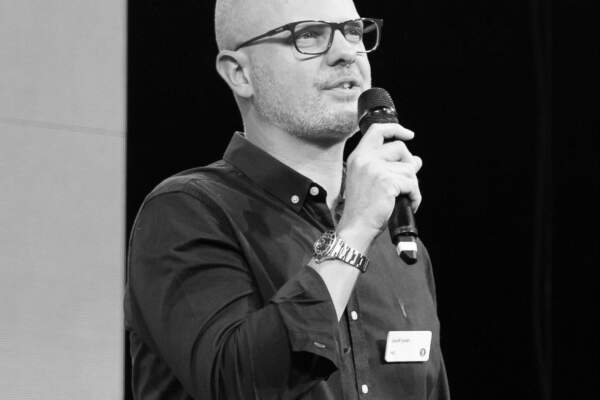As we’re all writing our letters to Santa a staple in the Phase 3 household is to ask what you would like in your Christmas Wishlist from Santa for your HR and payroll technology. In this 3-part series I am going to share with you a number of items that our clients have said they would love to see as standard features – let’s see if Santa can deliver this year.
Many homes have smart devices such as Alexa, Google Nest and other similar products, our homes are becoming even smarter with Ring Doorbells and motion sensitive cameras part of the norm. We have smart routines set up – “Alexa, I’m going out” (not that we have said that much this year) and the smart technology in our home turns off the lights, reduces the temperature on the thermostat (until Hive knows we are nearly home by geolocation) and sets our burglar alarms and activates the motion-sensors on the camera. If something happens at home when I am not there, – I know, instantly and receive push notifications to alert me to anything really serious.
This isn’t a lesson in home security I assure you…
My point is that we are relying on smarter and harder working technology than ever before, with Artificial Intelligence learning our routines and making suggestions.
In our HR and payroll technology, there may also be Artificial Intelligence at work, presenting us with interesting and useful insights. Some technologies also offer a ‘chat-bot’ as part of the product for end-users to interact with the HR and payroll system in a different way, asking questions like – how much holiday do I have left? Can I book next Tuesday off as special leave? Or when am I next being paid and how much?
READ ALSO: The power of automation – how can you speed up your payroll practices
How we interact with systems is constantly changing – 10 years ago, we may have been working on clunky outdated systems with modules and menu’s, double-clicking to drill down into menu sets and even potentially still using ‘green-screen’ type systems. We now expect a cleaner and more modern user interface with our systems, – expecting to be able to take actions with minimal clicks (or taps on many devices) and want to be able to have problems or issues presented to us with suggestions and choices on how to fix those errors.
Not right now but why not? For many systems ‘running the payroll’ is actually a set of processes, reports and review/validations. I might have to go into five different screens to select different options and then wait for a process to complete. In some systems I can schedule or create ‘task lists’ with pre-defined rules for those processes.
So much like me programming ‘routines’ for my smart home, why can’t I do this with payroll please Santa?
I’d love to be able to define:
As an employee I might also want to be able to request leave, let my manager know I am sick, ask for a copy of my payslip to be emailed to me or ask to be paid my accrued salary to date (if a solution like Wagestream is in use). We are so much more used to conversing with machines to help us find simple and practical answers to problems – do people even use Google on a PC at home when they have Alexa?
It doesn’t sound like too much to expect – and is likely already possible.
READ ALSO: Is there such a thing as a “perfect” HR/payroll system?
I’d imagine there would be some pretty tight security restrictions to get around though – thinking about where the device is and who has access (although you might be able to launch processes using your voice I would imagine you would still need a physical login to see the actual results).
There is also the work life balance to consider – smart home devices are usually for personal use rather than business use, so asking employees to use their home devices to do work brings additional risks associated with ‘taking work home’.
READ ALSO: How to improve teamwork among remote working employees
That said, it would be pretty nifty if I could run the main employment processes in the business – all through talking to Alexa and not having to be tied to a desk with a screen.
In Part 2 I’ll be asking Santa about the return to the office in the new year. Follow the Phase 3 blog to read the next part or follow us on LinkedIn.
This article was written by James Proctor, Phase 3’s Director of Consulting & Services.
